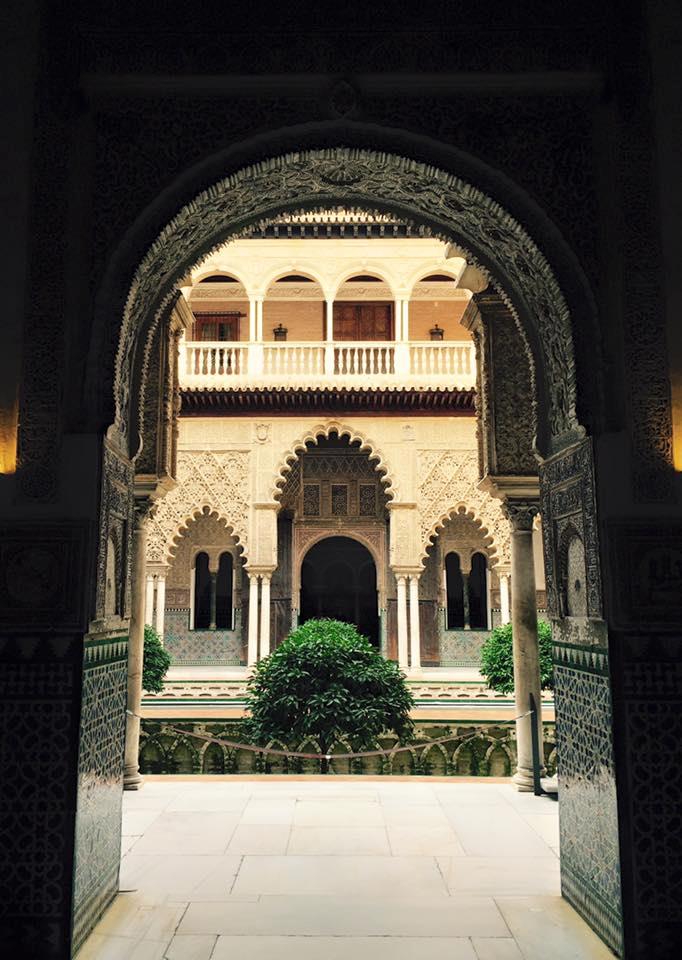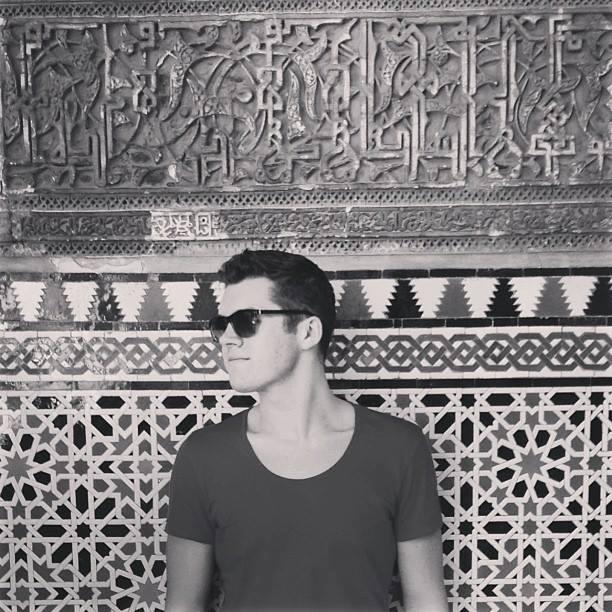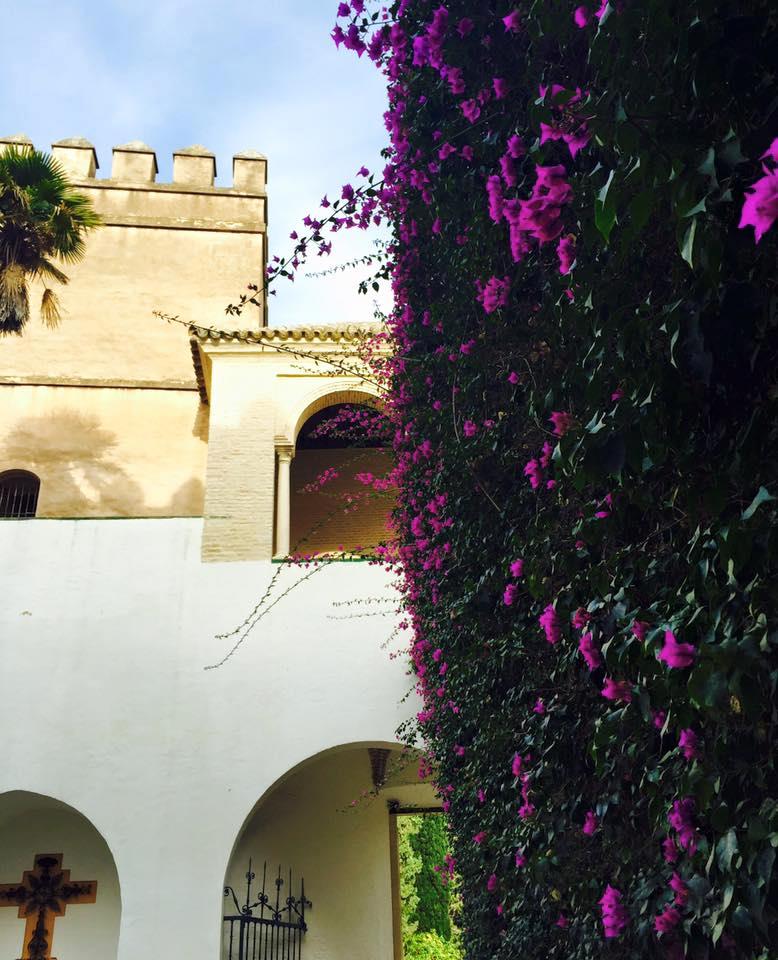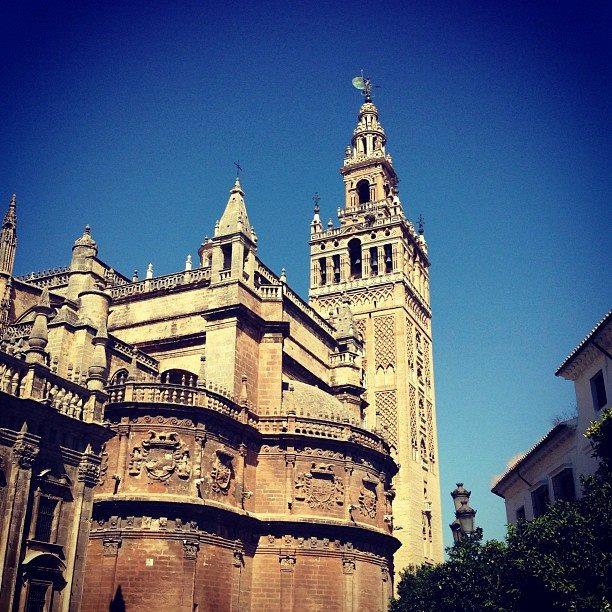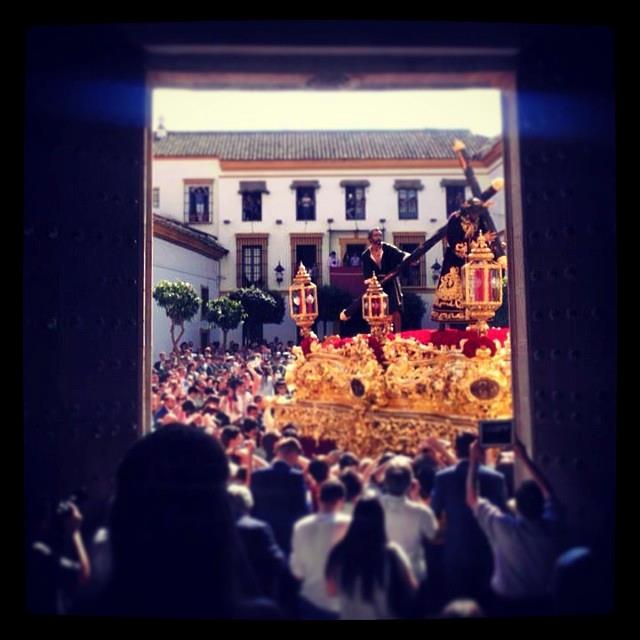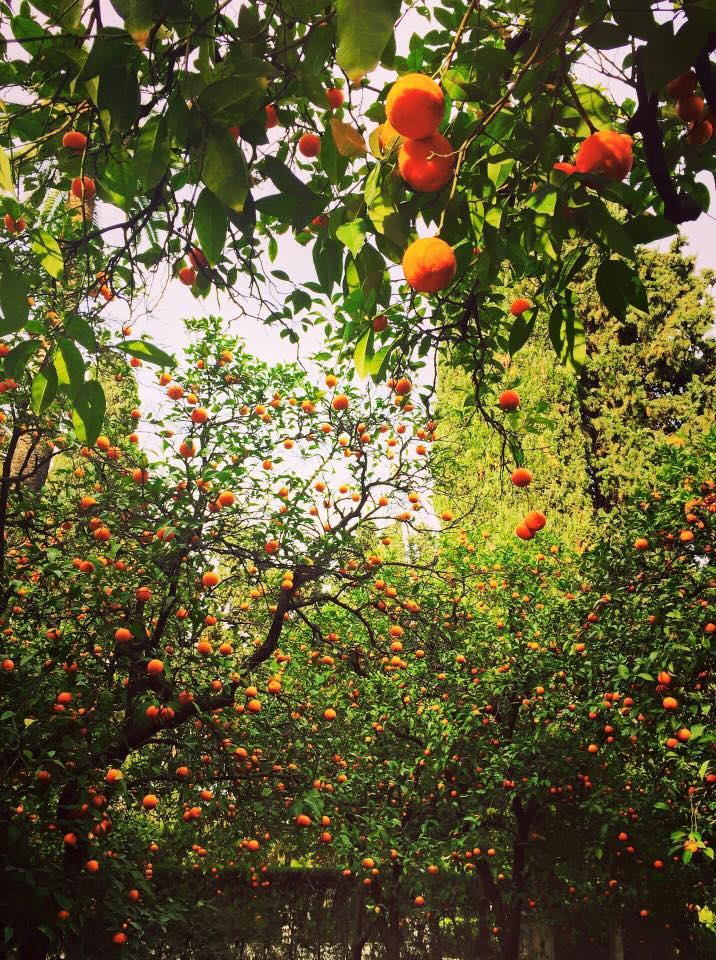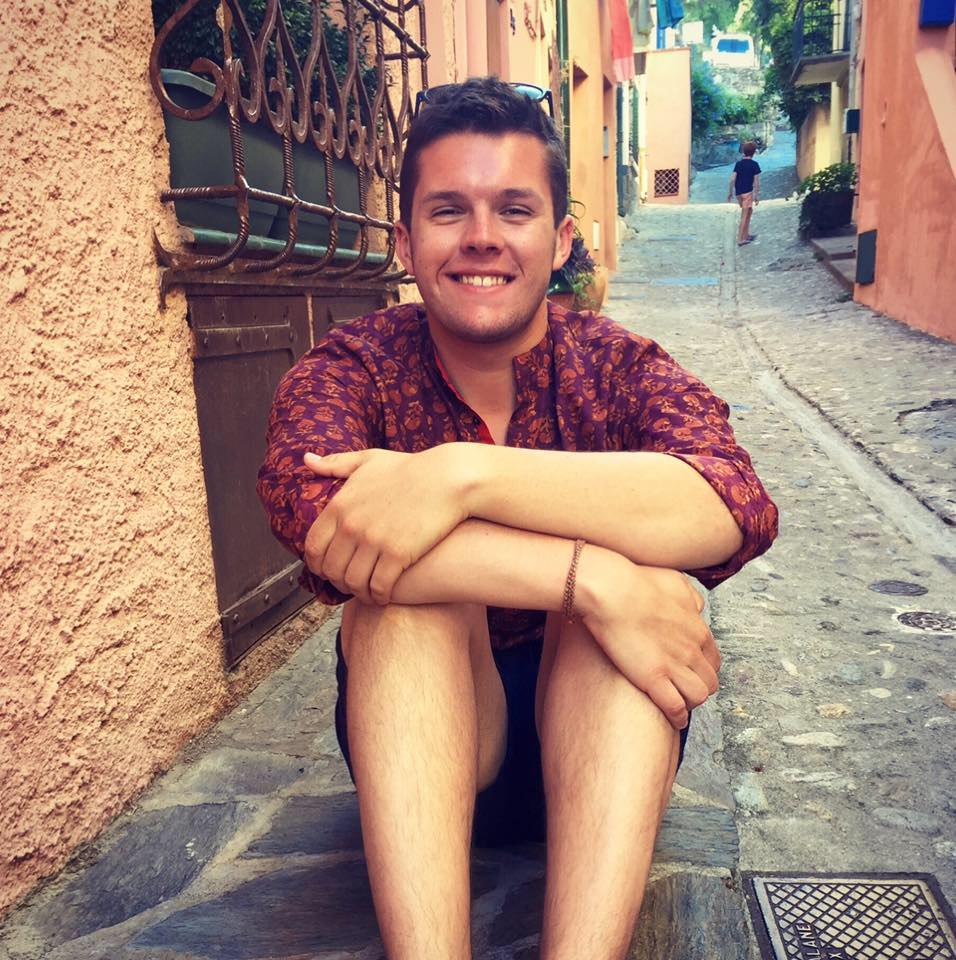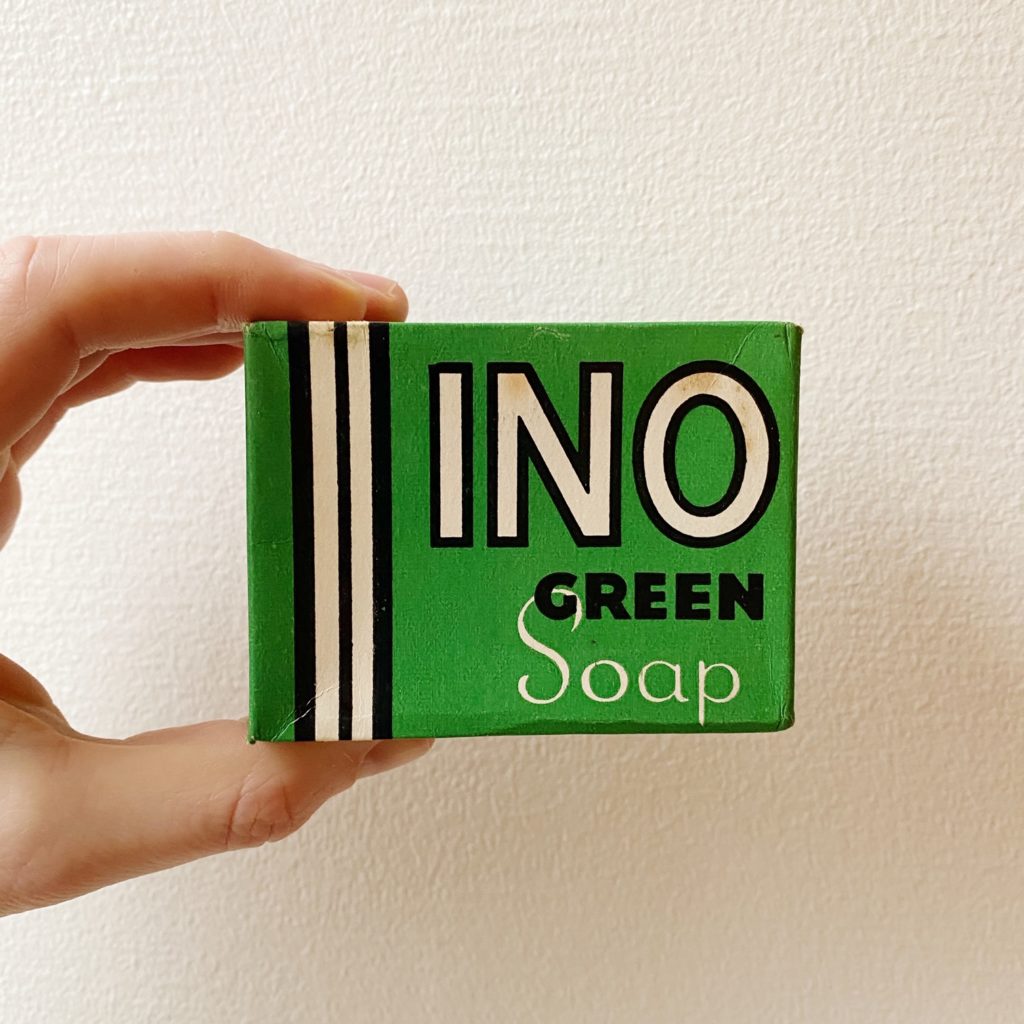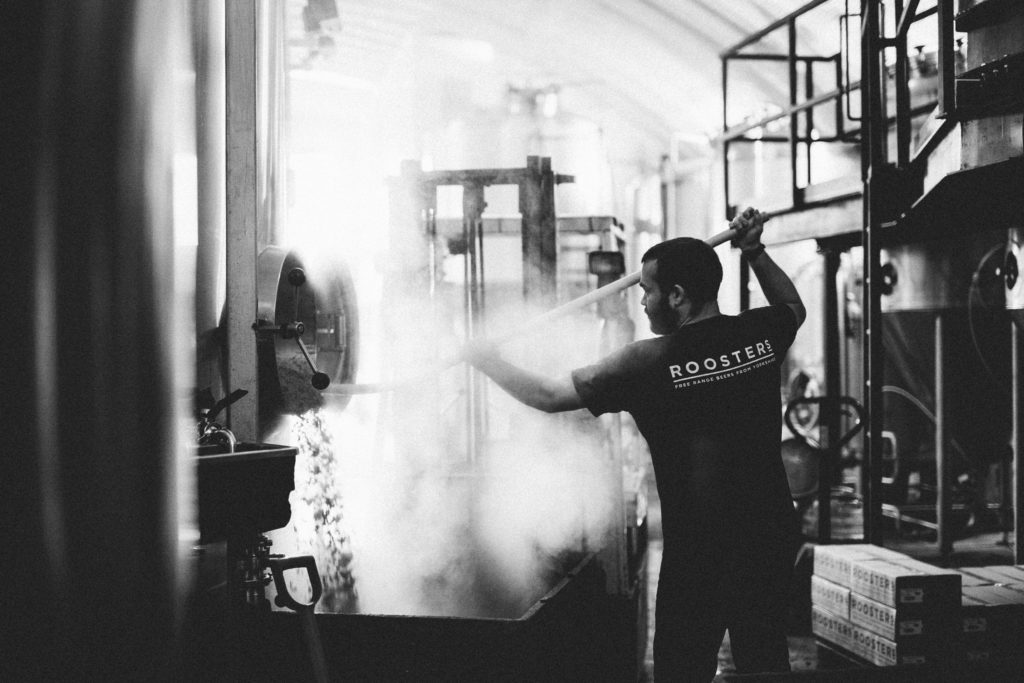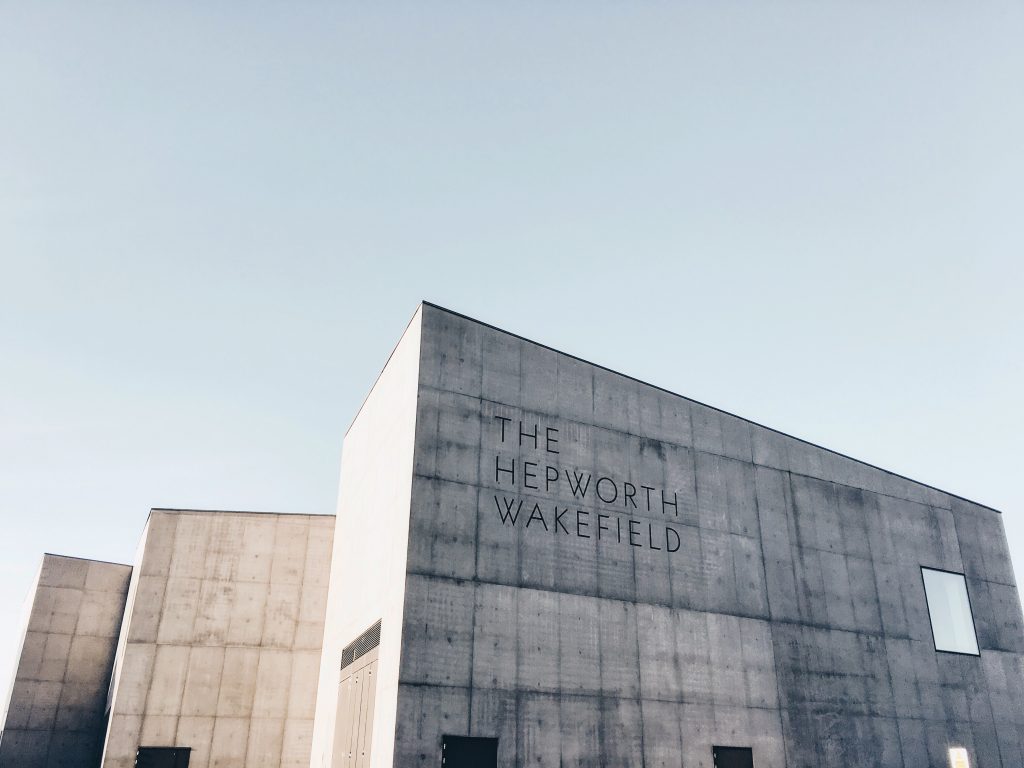Quintessentially Spanish
Let’s not forget that Spain is a very diverse country; she is modern, she is old, she is versatile. However, there is a wide consensus that one city in particular – Seville – is quintessentially Spanish and encompasses her cultural identity and exposes it to the world. The de facto capital of Spain – you could argue – is evocative of flamenco, of orange blossom, of jasmine. Christopher Columbus – who is buried in Seville’s cathedral – said “its soft air was so fragrant it was delicious to breathe”. Its people are the life and soul of the place, and I believe they represent a very civilised and vivacious society, that live every day as if it were the last. My love for Seville is unconditional and her capacity to surprise captivates me each time I visit.
Lose yourself in Santa Cruz and discover the real Spain
The heart of Seville is the Santa Cruz neighbourhood, which is the old jewish quarter. When I walk down the small cobbled streets, I’m greeted with a cobweb of intrigue into the city’s past. This is what I love about the place; it’s deliciously unsettling. If you hold your breath you can almost hear Figaro singing in the distance. The co-existence of Christians, Arabs and Jews sheds some light on why Seville is a cultural melting pot that is representative of Spain. The Jews enriched the city through their traditional music, which in part influenced the gypsy chant of flamenco. The Arabs contributed with their wealth of knowledge, in the form of exquisite architecture – the geometrical facades and tiles in the palatial complex of the Alcázar Palace are some of the most beautiful examples of art I’ve ever witnessed. Equally, the Muslims emphasised the importance of water and its incorporation in the design of their Andalusian palaces and gardens, such as the aforementioned Alcázar, or the Alhambra in Granda.
When I hear the trickle of water in a Spanish patio, with lush bougainvillea cascading down the walls, I feel a warm sense of exoticism. The Christians on the other hand – although having purged minorities throughout the Spanish inquisition – blessed the city with refined Catholic grandeur, financed by the expeditions of none other than Columbus, on behalf of the Spanish Monarchs. Seville’s Cathedral and its Giralda tower is the third largest Church on earth. Every time I gaze up at this gargantuan edifice, I almost tremble at its imposing stare. According to local legend, clerics of Seville proclaimed to the populace “let us build a church so beautiful and so grand, that those who see it finished will think we were mad!”. I believe that this impressive structure, for centuries – which continues to dwarf the Santa Cruz district – was a depiction of God’s omnipotence and omniscience in the city of Seville.
The bell tower itself is a fine architectural representation of the city’s evolution: the base is Roman, the centre is Arab, and the top is Imperial Spanish. At the turn of the 15th century, the Romini came to Al-Andalus (Moorish Spain) and heavily impressed their traditions on cities such as Granada, Cordoba and Seville. After the reconquista in 1492, the Crown of Castile ended the relative tolerance that was enjoyed under Muslim rule, forcing the Romini into ghettos which helped purify their old traditions, particularly their music – this is where flamenco was born. Duende is the spirit that captivates – in a trance state – the flamenco dancer during their performance. This experience is shared with the audience, and each time I see a flamenco performance I am truly moved. The sadness, pain and euphoria felt during this liminal state is emblematic of Seville’s history and that of its people.
“To know a country, you must eat the country”
Moving away from the historical importance of Seville, we really need to cover the main pastime for the Sevillanos, which is at the heart of Spain’s culture. That is, eating and drinking – alfresco of course. The aforementioned quotation is from Rick Stein who has had a love affair with Spain for many years now. I truly believe that in order to get to know a place, you have to eat and drink like a local. Seville has an eclectic mix of old and new cuisine, and it’s fabulous. With over 3,000 tapas bars in the city, it’s no wonder that it can be considered the culinary capital of Spain; a city that – in my opinion – has so enthusiastically adopted modern flavours whilst maintaining its culinary tradition.
The locals will start at about 1pm in the Plaza del Salvador for a glass of Manzanilla (sherry) with some olives and Iberian ham. The next stop is Bodega de Santa Cruz (known locally as Las Columnas). Here, I would recommend to try the montadito de carne machá, which is a small sandwiched with pulled pork, chorizo and back pudding (along with another glass of sherry). Now it’s around 2:30pm and it’s time to eat. The following are my top three restaurants in Seville. 1. Eslava is probably my favourite, just by the Parroquia de San Lorenzo; the squid ink cigars and the the mushroom cake with quail’s egg is exquisite (the latter was voted number 1 tapa in the whole of Spain in 2015). 2. Zelai is just off the Plaza Nueva and is another hotspot amongst the foodie locals; the fillet steak with foie gras is excellent, and the prawn burger in a blackened squid ink bun is a taste explosion. In between the Giralda tower and the Plaza de San Francisco, hidden down a side street you will find 3. Ovejas Negras – literally “Black Sheep” – a true gem. Their selection of best-of-breed Spanish wines is extensive, focusing on the regions of Rioja and Ribera del Duero (my favourite). Try the succulent beef cheek with mashed potatoes, paired with a young Tempranillo. Likewise, you can share the classic Russian Salad and Salmorejo (creamier, thicker than Gazpacho) with friends, all washed down with a bottle of crisp Verdejo from Castile-La Mancha. As a last note, El Rinconcillo – “The Little Corner” -, at the end of Calle Gerona, is definitely worth a visit. As Seville’s oldest tapas bar (and probably that in Spain), it oozes atmosphere, with legs of Jamón cascading from the ceilings, an endless array of dusty bottles of Rioja, and beautifully decorated azulejos (tiles) that please the eye. This is probably the most Spanish place in Spain – the food isn’t outstanding, but it’s definitely worthwhile going to soak up the atmosphere, with a tapa of Manchego, Jamón Ibérico and a generous glass of red wine.
Eating and drinking – en masse – with family and friends is so important for the Spanish. It’s a daily ritual that defines their way of life. Sharing your company with the people you love, whilst savouring the fruits of the land and the sea, is quite frankly a fine art to the Spanish.
Supplement:
Spring is the best time to visit Seville; I like to go during the Semana Santa (Holy Week) to see the impressive processions and confraternities in their religious dress. The atmosphere in the city is great – particularly the week after Easter when the April Fair (Feria de Abril) is on. This fair expresses some of the most wonderful colours and iconic sounds of Spain. Watch flamenco into the early hours of the morning like a true Sevillano!
Visit Seville to see for yourself what Chris is talking about and follow him on Instagram @chr1scano
